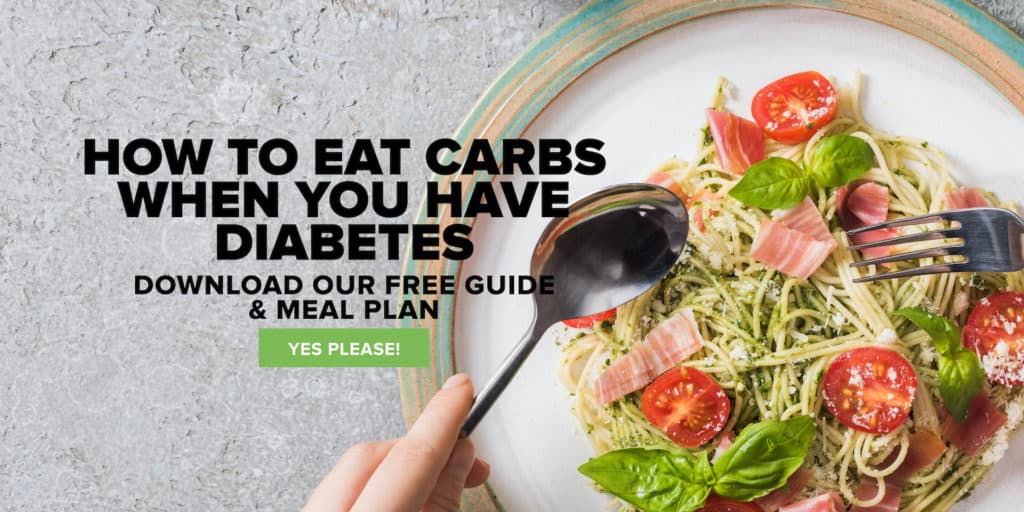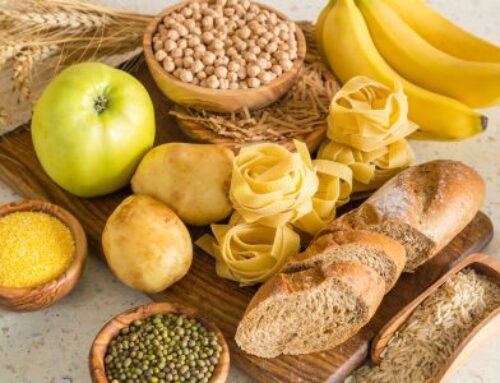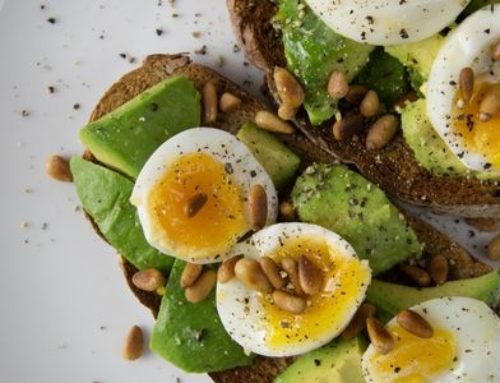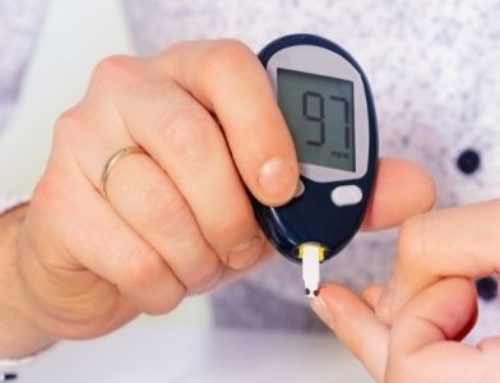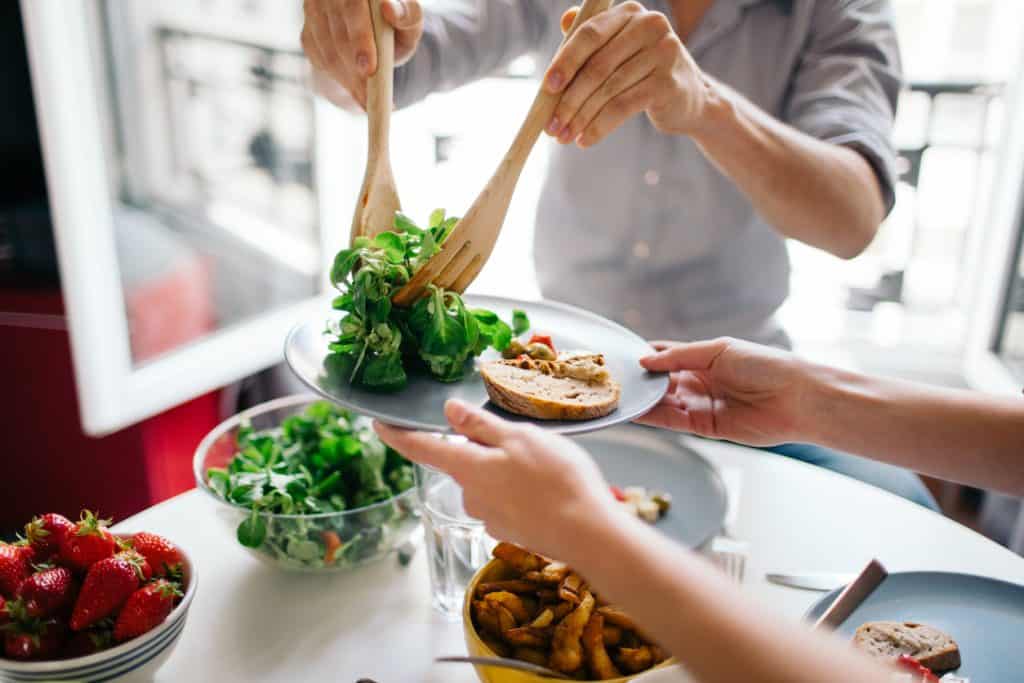
Ah… Type 2 Diabetes. It doesn’t ‘just happen’ overnight. It’s a sneaky disease, silently developing over months or even years before it’s diagnosed. According to Diabetes Australia, up to half a million Aussies may have Type 2 Diabetes and not even be aware of it. And to think it all begins with this one little thing called insulin resistance.
Insulin Resistance – What?
Insulin plays a major role in regulating our blood sugar levels. When we eat carbohydrate rich foods such as bread or potato, they get digested into a simple form called glucose. Glucose is great, it fuels our body’s cells the same way petrol is used to fuel a car. In fact, your brain is a big fan of glucose – it runs almost solely on the stuff!
Glucose travels via the bloodstream to the cells that requires it. To enter the cell, glucose must pass through a special locked door on the cell’s surface. These doors require a key called insulin to open them – without insulin the doors remain locked and closed; and glucose stays trapped in the bloodstream.
Now imagine you’ve just had a meal containing some carbs. Your blood sugar levels are on the rise as glucose begins to enter your bloodstream. No problem – your pancreas is on it, churning out insulin ‘keys’ the moment it senses a rise in blood sugar levels. These insulin ‘keys’ make a beeline for those locked doors on your cells.
Uh-oh, there’s a slight problem. The locks on the doors are super rusty. It’s a challenge to get the keys in, let alone open the lock. Look’s like we’re stuck here, struggling for a while! This nasty rust on the locks is insulin resistance. Yikes. Your blood sugar levels remain elevated because all that glucose isn’t going anywhere for now. Your pancreas senses this and wonders if it didn’t produce enough insulin the first time; and works extra-hard to churn out additional insulin ‘keys’, pronto!
Eventually after much struggling, the doors finally unlock and glucose can pass into your cells. Your blood sugar levels finally start to come down, and your pancreas takes a hard earned break.
Too much insulin in the blood
You know the saying about having too much of a good thing? All those extra insulin ‘keys’ produced can cause weight gain, in addition to increased heart disease risk and high blood pressure. Ironically, this weight gain (especially around the belly) makes insulin resistance worse – so it’s quite a vicious cycle. This cycle becomes a key risk factor for developing Type 2 Diabetes.
Furthermore, your pancreas can suffer burnout when it has to frequently work extra-hard to make more insulin. Insulin production drops and Type 2 Diabetes develops when the pancreas is no longer able to make insulin quickly enough, or in amounts large enough to keep blood sugar levels in the normal range.
Family history and genetics can mean that the chances of having ‘rusty locks’ or insulin resistance is higher in some people compared to others. However, insulin resistance can happen to anyone at any age – so here are some steps that you can take to reduce this and subsequently reduce your risk of Type 2 diabetes:
Keep your body moving!
Physical activity, especially those involving lifting weights, works like lubricant on the ‘rusty locks’ on the resistant doors of your cells and makes it easier for your insulin ‘keys’ to work properly. Aim to do at least 30 minutes of physical activity on most days of the week.
Choose better quality carbs in the right amount
Not all carbohydrate foods are evil! Less refined, high-fibre carbohydrates such as wholegrains, fruit and vegetables result in a slower and more gradual rise in contrast to the rapid skyrocketing of blood sugar levels caused by highly refined carbohydrates such as soft-drinks or lollies. This slow rise in blood sugar levels gives the pancreas plenty of time to make insulin in response. Here are some tips on choosing the right carbs.
The amount of carbohydrates eaten in one sitting is important as well – this amount varies from person to person. A qualified dietitian can assist with working out your individual needs.
Watch that waistline
Work towards reducing your waist circumference by using a combination of healthy eating and physical activity habits. A body composition scan can go beyond plain numbers on a scale and give you valuable insight into your weight management progress.
Do you struggle with insulin resistance, or need help with getting your food intake optimised to prevent Type 2 diabetes? Melissa can help guide you through the process of managing insulin resistance and reaching your goals.
